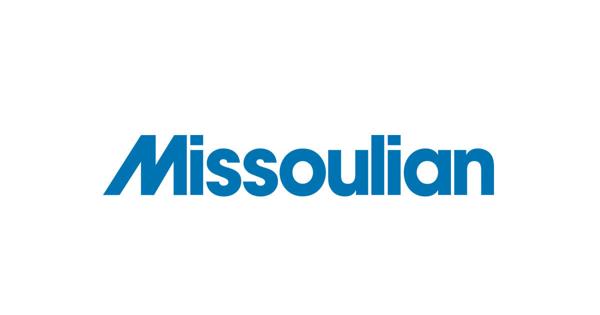I had the chance to try a new brand of white wine recently, and it was exceptional. It rivaled any good sauvignon blanc I’ve had before.
What stood out to me was the bottle. It featured a Nutrition Facts label, which is rare for alcoholic beverages due to the lack of FDA regulation over alcohol. Alcohol falls under the Alcohol and Tobacco Tax and Trade Bureau’s jurisdiction. Nutrition labeling on alcohol is only necessary if the manufacturer makes a nutrition claim like “light” beer. This particular wine advertised “zero sugar” on its label.
While examining the label, I became curious about how the sugar content in this product compares to a typical glass of sauvignon blanc or other wines.
It’s important to note that wine cannot be produced without sugar. The natural sugars in grapes are fermented into alcohol, allowing wine production. Some residual sugar may remain after fermentation, and additional sugar or grape juice may be added for sweetness in lower-quality wines.
People are also reading…
On average, a 5-ounce glass of “dry” wine contains 1 to 2 grams of residual sugar, while a “sweet” or dessert wine may have 5 or more grams of unfermented sugar.
The zero-sugar sauvignon blanc I tried contains 112 calories and 2.7 grams of carbohydrates per serving, while a typical sauvignon blanc has 119 calories and 3 grams of carbs. The difference is minimal.
Dry wines like Brut-type champagnes, sauvignon blanc, chardonnay, pinot noir, pinot grigio, merlot, cabernet sauvignon, and Sangiovese are rated as low in sugar among wine experts.
According to the 2020-2025 Dietary Guidelines for Americans, wine is not a significant source of sugar in the diet. Sugary beverages, desserts, and snacks contribute more sugar.
The guidelines also advise moderation in alcohol consumption, recommending men limit to two servings a day and women to one or less. This is crucial to remember when discussing wine.
Barbara Intermill is a registered dietitian. Reach out to her at barbara@ quinnessentialnutrition.com.





